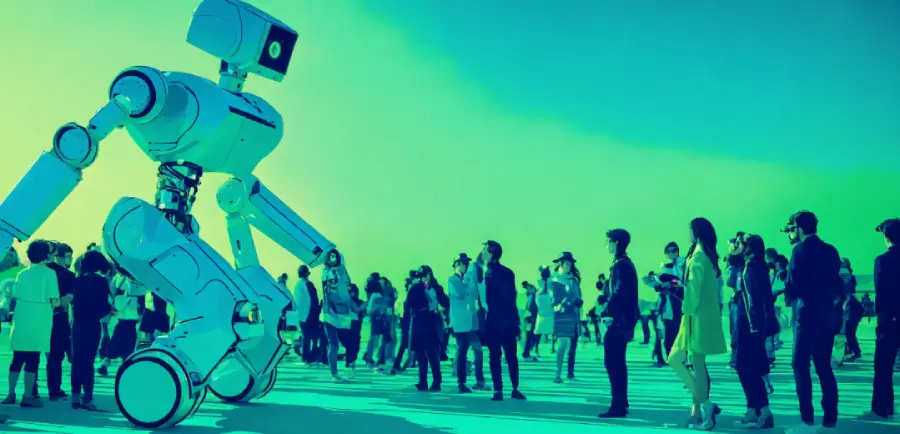Tesla talks potential, Boston Dynamics’s videos wow, but it is a Chinese company, Unitree, that just put a real, capable humanoid robot on sale for less than $6,000, finds Satyen K. Bordoloi as he heralds the age of accessible robotics.
On January 1 this year, when I stated in a piece that robots would be available to buy on shelves this year, a friend shot back at what he called ‘my imagination’. He didn’t deny it would happen; he just believed it was years away, if not decades. He quoted Morgan Stanley numbers, which had estimated in 2024 that a sophisticated humanoid robot would cost $200,000. But on July 25, reports came that a Chinese pure robotics company, Unitree, is offering a humanoid robot at $5,900. This is so cheap, it’s practically a throwaway price and makes me wonder: did Unitree not read the Morgan Stanley memo?
My friend wasn’t wrong, though. Morgan Stanley’s price estimate reflected a global consensus that useful bipedal robots were years away, and those that were there could do little and were hopelessly expensive. Tesla’s as-yet-unreleased but much hyped Optimus is projected to go on sale for $20,000. The leader of robotics, Boston Dynamics’ Atlas, is priced at over $200,000, and Sanctuary AI’s Phoenix is half that price. Even Unitree’s own previous model G1, a popular bipedal it launched in 2024, was priced ¥99,000 or about $14,000 and weighed 35 kgs.
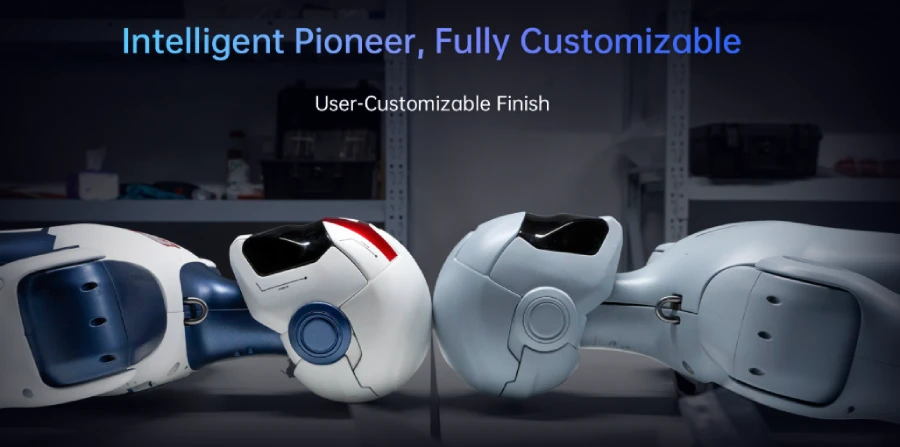
Hence, when on July 25, 2025, just ahead of the World AI Conference in Shanghai, Unitree Robotics announced their new R1 humanoid capable of backflips, voice responses, and 3D environmental navigation, all for a price tag of $5,900 or ¥39,900, it sent shockwaves through global robotics. To put this into perspective, it costs less than a high-end MacBook Pro, and just $1400 over Apple’s Vision Pro glasses. Overnight, Unitree didn’t just disrupt the robotics market; it demolished its economics.
From Lab Curiosity to Living Room Appliance
Unitree’s R1 stands 4 feet tall, weighs 55 pounds, and moves with 26 degrees of freedom. It responds to voice commands, navigates stairs, and performs acrobatics. Yet it lacks fine motor skills for tasks like cooking or folding laundry, and its battery barely lasts an hour. So, for now, the company is targeting developers and early-stage research teams. Despite this, the features it carries have never been seen for any robot at such a price point, and though it can’t do much at home, this is definitely a sign of things to come. And not years or decades from now, but perhaps months or a couple of years.
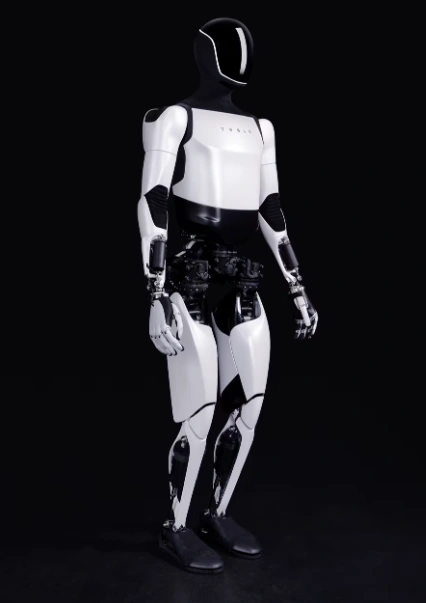
All the other so-called robots like Optimus are either unaffordable promises, or target factories, warehouses, or deep-pocketed corporations like Boston Dynamics does. Unitree’s R1, by contrast, is priced for developers, educators, and even curious households. Its open Software Development Kit invites tinkerers to expand its capabilities, echoing the early days of personal computers. And though right now it’s a platform for developers to build on, not a butler, that day is not far out.
China’s Robotics Policy, Pressure, and Production Lines
Unitree’s breakthrough isn’t accidental. It’s the fruit of China’s decade-long industrial policy. Under initiatives like Made in China 2025 launched in 2015, the “Robot+” Application Action Plan which in 2023 pushed the creation of a 10-billion-yuan ($1.4 billion) robotics fund to promote robotics technology development in Beijing, and the Key Special Program on Intelligent Robots that again pumped in millions of dollars worth of resources, China prioritized robotics as critical to economic sovereignty.
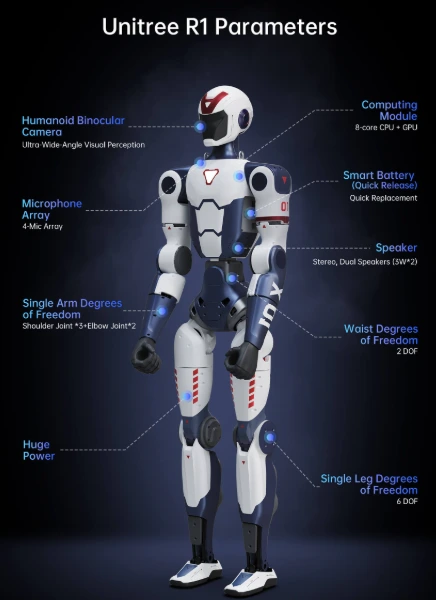
The results are staggering, with hundreds of robotics companies developing advanced humanoid robots that are keeping pace with US tech companies right now, and might surpass them soon. That has meant that China now leads the world in robot density (470 robots per 10,000 manufacturing workers), surpassing Germany (429) and Japan (419). And best of all for them, domestic manufacturers hold 47% of China’s industrial robot market, up from 17% in 2015.
This ecosystem is thriving on what Princeton researcher Kyle Chan calls a “compounding engine”: breakthroughs in one sector (e.g., smartphone sensors) accelerate progress in others (e.g., EV navigation). Unitree, founded in 2017, leveraged this. Its quadruped robots (like the Go2) cut their teeth in research labs before evolving into the R1. Now, with an IPO pending, Unitree aims to flood global markets with it.
Ageing Societies, Declining Birthrates, and Robotic Caregivers
The world is at a crisis point. By 2050, 1.5 billion people will be over 65. Birth rates are collapsing: South Korea’s fertility rate sits at 0.72, China’s at 1.09, Italy’s at 1.24. The math is terrifying: fewer workers supporting more retirees. That is the reason why developments such as Unitree’s R1, the engineering that went into it, intersect with humanity’s most urgent crises and offer the world an escape hatch.
At the 2025 World Health Expo, Chinese firms displayed AI-powered exoskeletons that were helping stroke patients walk, sensory mats that detect falls in homes with elderly people, and companion robots offering cognitive therapy for dementia.
Unitree’s R1, despite current limitations, and other robots that are emerging, fit right here. Because of their low price points, they could become ubiquitous aides in nursing homes, fetching medicine, monitoring vitals, or simply providing companionship to an ageing world. Robots will never replace human empathy, but they can definitely shoulder the drudgery of care.

Beyond 2065 – Fewer Humans, More Robots
Depending on which projection you believe, the global population plateaus either about 2065 or 2100 and then begins falling. At such times, we’ll need more and more robots to work for us. The IMF predicts AI could automate 40% of jobs by 2040. This isn’t doomsday as doomsayers would like you to believe; it’s realignment. Joseph Davis, Vanguard’s chief economist, sees two futures: one where AI boosts productivity 2–3% annually (like electricity did), and another where it merely offsets ageing-workforce drag.
Robots like Unitree’s R1 hint at a future where both scenarios play out. This automation relieves us of ‘unskilled’ misery – letting humans pursue purpose where teachers mentor rather than grade, nurses comfort instead of merely sanitising, and artists use AI tools to surpass their own limitations instead of shunning collaboration. The alternative is a world where labour shortages cripple elder care, infrastructure, and food production. Without affordable robotics, decline is inevitable.
Hurdles naturally remain, the R1’s merely an hour-long battery life and gripping ability that limits consumer application right now. Then there’s the regulatory question around privacy and safety standards, given their intended use at home.
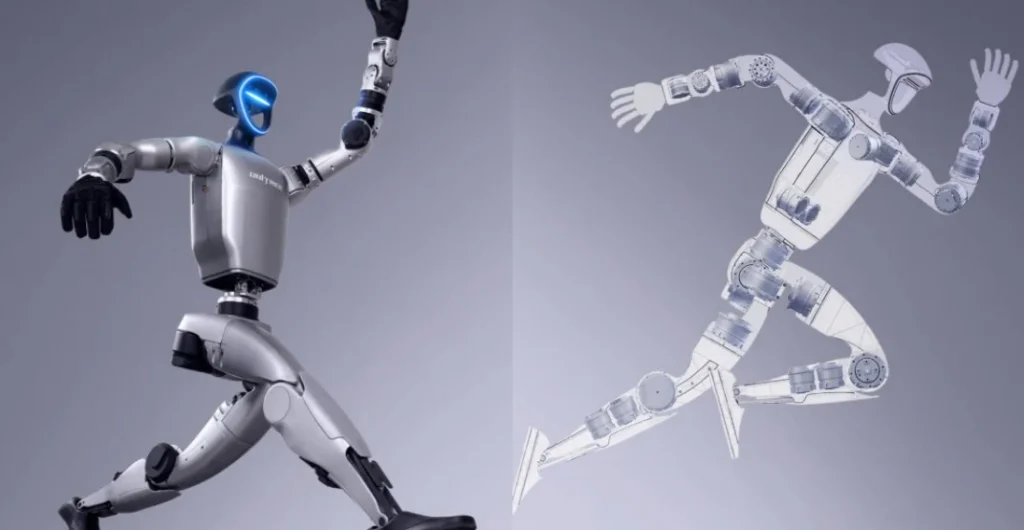
Unitree’s G1 is an expensive robot priced at ¥99,000 or about $14,000 (Image Courtesy: unitree.com)
Unitree’s R1 executes a near-perfect backflip. It isn’t just a technical feat but a kick in the back to the inertia of Western companies, who, for decades, hoarded robotics breakthroughs behind six-figure paywalls. China is moving into the same market and is building machines that compete with the same Western creations.
My friend was right: imagination is the bottleneck. But Unitree’s founder Wang Xingxing is not short of it when he says: “We’re not just making robots; we’re inventing a future where they’d be in every home and every office.” This, hence, isn’t about winning a tech race but about redefining human dignity. The future’s price tag just dropped to $5,900, and it’ll only get cheaper still.
In case you missed:
- Forget Smart Homes – Welcome to Your ‘Feeling’ Home
- Rise of the Robolympics: When R2-D2 Meets Rocky Balboa
- When AI Meets Metal: How the Marriage of AI & Robotics Will Change the World
- Unbelievable: How China’s Outsmarting US Chip Ban to Dominate AI
- Bots to Robots: Google’s Quest to Give AI a Body (and Maybe a Sense of Humour)
- 100% Success Rate: Johns Hopkins AI Surgeon Does What Humans Can’t Guarantee
- AI’s Top-Secret Mission: Solving Humanity’s Biggest Problems While We Argue About Apocalypse
- OpenAI, Google, Microsoft: Why are AI Giants Suddenly Giving India Free AI Subscriptions?
- The Major Threat to India’s AI War Capability: Lack of Indigenous AI
- Deep Impact: How Cheap AI like DeepSeek Could Upend Capitalism




